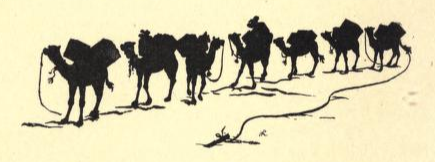Reading Week 2: Persian Tales Part A

These Persian stories were very surreal – the characters just seemed to do random things that managed to either work out in a completely different way than you thought or seemed to have no motive. In one story, a woman cuts off her two thumbs in front of her daughter after hearing about multiple other beings doing something similar. From shaking feathers to muddying up the creek, these beings responded to a terrible thing happening in very odd, but somewhat endearing ways. They felt the pain of Mushu, who’s new wife had just drowned in a pot of soup because the wind had pushed her into it (see what I mean by surreal??). The overall tones of the stories reminded me of a simple narrator, that had very odd ideas for what a story was compromised of. They really didn’t have a plot per-say, they mainly focused on the characters doing fantastical things that pushed the story forward in some way. Things “just happened” that didn’t have any forewarning during the story – the second story ...


